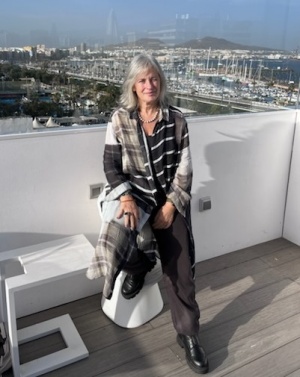Amorim, I.R., Arroz, A.M., São Marcos, R., Borges, P.A.V. & Gabriel, R. (2016) Bugs and society II: testing two communication strategies for public engagement in the Azores. Biodiversity and Education for Sustainable Development (ed. by P. Castro, U. M. Azeiteiro, P. Bacelar Nicolau, W. Leal Filho, A. M. Azul), 125-153. Springer, World Sustainability Series, Dordrecht, Netherlands. DOI:10.1007/978-3-319-32318-3_9. ISBN:978-3-319-32317-6.
Two initiatives to raise biodiversity awareness towards Azorean endemic species, an outdoor exhibition Açorianos há milhões de anos (Azoreans for millions of years) and a web contest to name insects Chama-lhe Nomes! (Pick a Name!), are presented in this chapter. Both communicational strategies targeted non-traditional audiences, relied on the Portuguese and Azorean cultural identity and on anthropic verisimilitude of situations involving insects. The context, principles, assumptions and multidisciplinary approach involved in the development of the public awareness activities were presented in detail in chapter “Bugs and Society I: Raising Awareness About Endemic Biodiversity”. Apart from having symbolically occupied the urban public domain, the outdoor exhibition triggered positive reactions in more than three-quarters of the observers, prompting them to seek more information about the insects, to want to see them alive, to photograph them, etc. On the other hand, the web contest attributed common names to 12 endemic species of insects and motivated over one hundred people to carefully consider their photos and descriptions, engaging in sheer naturalistic pleasure. Less favourable were the post-observation recognition indicators of urban exposure, since only less than one-third of the interviewees correctly identified the insect’ group represented on the banner or could place the origin of the animal. Nevertheless, the means assigned to the evaluation of the intervention were not enough to undertake a full assessment of the impacts produced in the knowledge, attitudes and behaviours of viewers and users. Still, the resonance in the media was considerable, in terms of the number of news stories and the diversity of vehicles and audiences reached at regional (outdoor exhibition) and national levels (web contest). Communication devices like the ones presented are expected to raise biodiversity awareness and empower people regarding its preservation in the Azores. Moreover, the critical analysis of these initiatives is expected to provide guidelines that maximise the transferability of communication strategies to other social settings.




